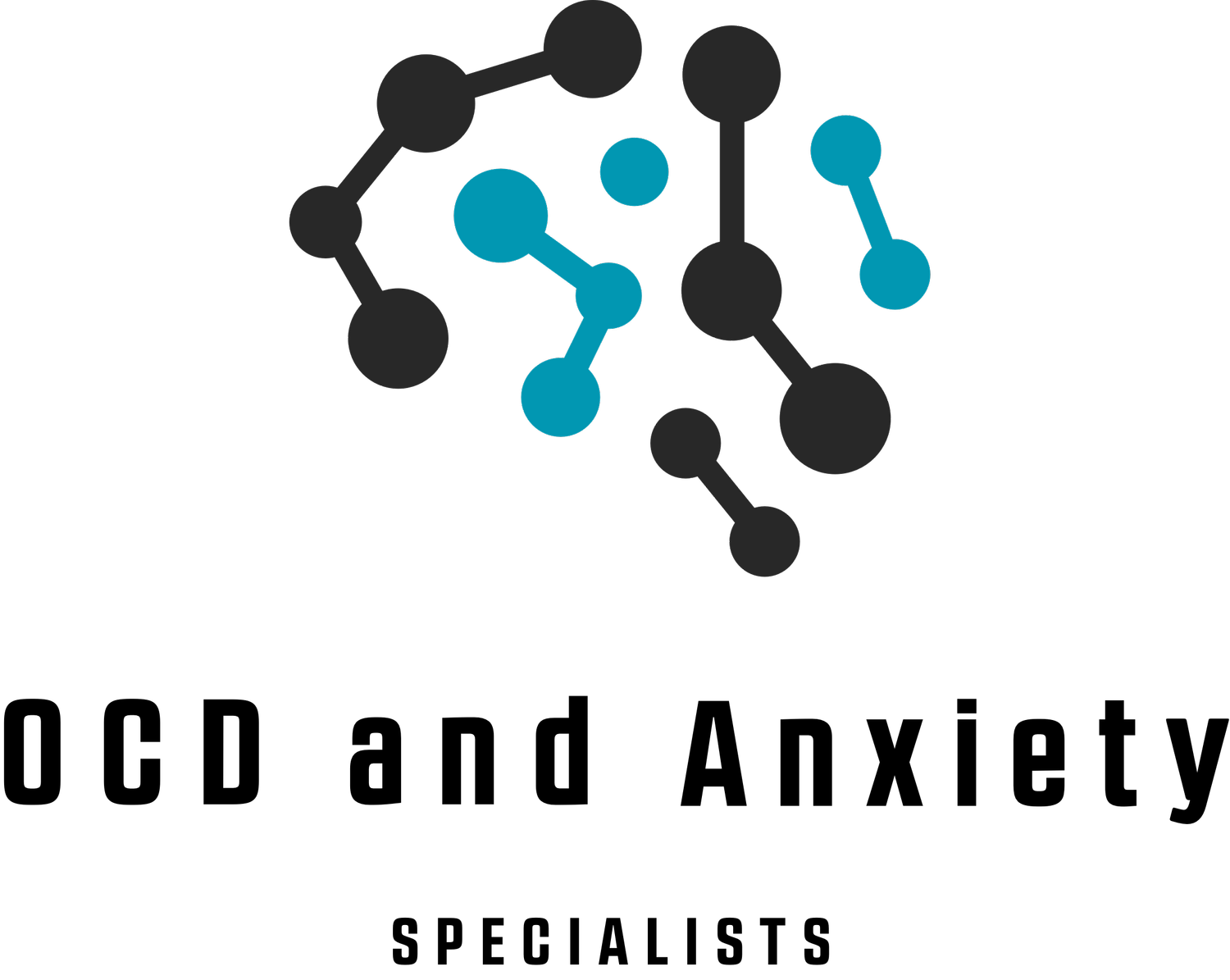“Just Right” OCD
“Just Right” OCD: Symptoms, Causes, and Treatment
One subtype of OCD is "just right" OCD, which is characterized by a sense of incompleteness or “not-quite-rightness” that is focused on symmetry, order, and exactness. People with "just right" OCD may feel like they have to perform rituals or behaviors until they feel that things are "just right" or that a sense of completeness has been achieved. These behaviors can include checking and rechecking, arranging and rearranging, counting, and repeating actions until they feel right.
Symptoms of “Just Right” OCD
For example, a person with "just right" OCD may feel like they have to wash their hands until they feel that their hands are "just right" or that they are clean enough. They may repeatedly turn the lights on and off until they feel that the lights are "just right" or that they have been turned off correctly. They may also need to touch objects or surfaces until they feel "just right" or that they have been touched the right number of times.
People with "just right" OCD can experience significant distress and impairment in their daily lives. They may spend a lot of time performing these rituals or behaviors, which can interfere with their work, school, and social activities. They may also avoid situations that trigger their obsessions or compulsions, which can lead to isolation and withdrawal.
What is the difference between “just right” OCD and tic disorders?
In addition, people with "just right" OCD are more likely to have other conditions that can complicate treatment, such as tic disorders or skin picking (iocdf.org) Tic disorders are neurological conditions that cause repetitive and involuntary movements or vocalizations, such as eye blinking, facial grimacing, throat clearing, or humming. Skin picking is a condition in which a person repeatedly picks, scratches, or digs at their skin, which can cause skin damage, infections, and scarring. While can be difficult to distinguish “just right” OCD from other forms of OCD, one distinguishing factor is that OCD compulsions may feel more voluntary and chosen, while tics can seem to be a more automatic process. “Just right” OCD can be described as a type of physical or emotional perfectionism, where the compulsive actions are chosen as a way to “fix” an imperfect or unwanted emotional or physical feeling.
Treatment for “Just Right” OCD
Treatment for "just right" OCD typically involves cognitive-behavioral therapy (CBT), which is a type of therapy that helps people change their thoughts, feelings, and behaviors. CBT for OCD involves exposure and response prevention (ERP), which is a type of therapy that involves gradually exposing the person to their discomfort or triggers, while preventing them from performing their compulsions. This helps the person learn to tolerate the distress that comes with the perception that something isn’t “just right”, and to break the cycle of compulsions. Gradually, the client learns to ascribe irrelevance to these feelings, and saps them of the power that they’ve had over the client’s life.
Medication can also be helpful in treating OCD, particularly selective serotonin reuptake inhibitors (SSRIs), which are antidepressant medications that can reduce anxiety.
In conclusion, "just right" OCD is a subtype of OCD that is characterized by a sense of incompleteness or not-quite-rightness that is focused on symmetry, order, and exactness. People with "just right" OCD may feel like they have to perform rituals or behaviors until they feel that things are "just right" or that a sense of completeness has been achieved. This can cause significant distress and impairment if left untreated. Fortunately, there is evidence based treatment for these symptoms. If you’re looking to begin your path to treating your “just right” OCD, you can contact us here.
